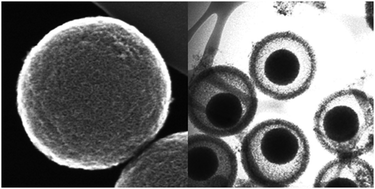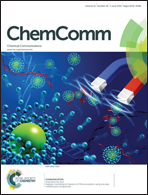Recent advances in carbon nanospheres: synthetic routes and applications
Abstract
Carbon-based materials are the most popular material types in both fundamental research and industrial applications, partly because of their well-controlled nano-morphologies. In the past two decades, we have witnessed a number of breakthroughs in carbon research: fullerenes, carbon nanotubes, and more recently graphene. Nowadays, carbon nanospheres are attracting more and more attention worldwide due to their excellent performance in various fields: drug delivery, heterogeneous catalysis, encapsulation of support and electrode materials. Actually, spherical carbon is an old material, whereas controlling carbon spheres in the nanometer range is a recent story. In the past 5 years, it has become possible to precisely control the particle size, surface area, pore size, chemical composition, and dispersity of carbon nanospheres. Toward this end, a number of synthetic strategies are emerging, such as hydrothermal carbonization of biomass-based resources, extended Stöber synthesis, and organic–organic self-assembly via different binding methods. In this feature article, we summarize recent routes for carbon nanospheres and briefly touch on their applications to shed light on the potential of this field. Throughout this article, a special emphasis is placed on the possible modulation of spherical structures at the nanoscale, and we wish to inspire many more designs and applications of carbon nanostructures in the near future.


 Please wait while we load your content...
Please wait while we load your content...